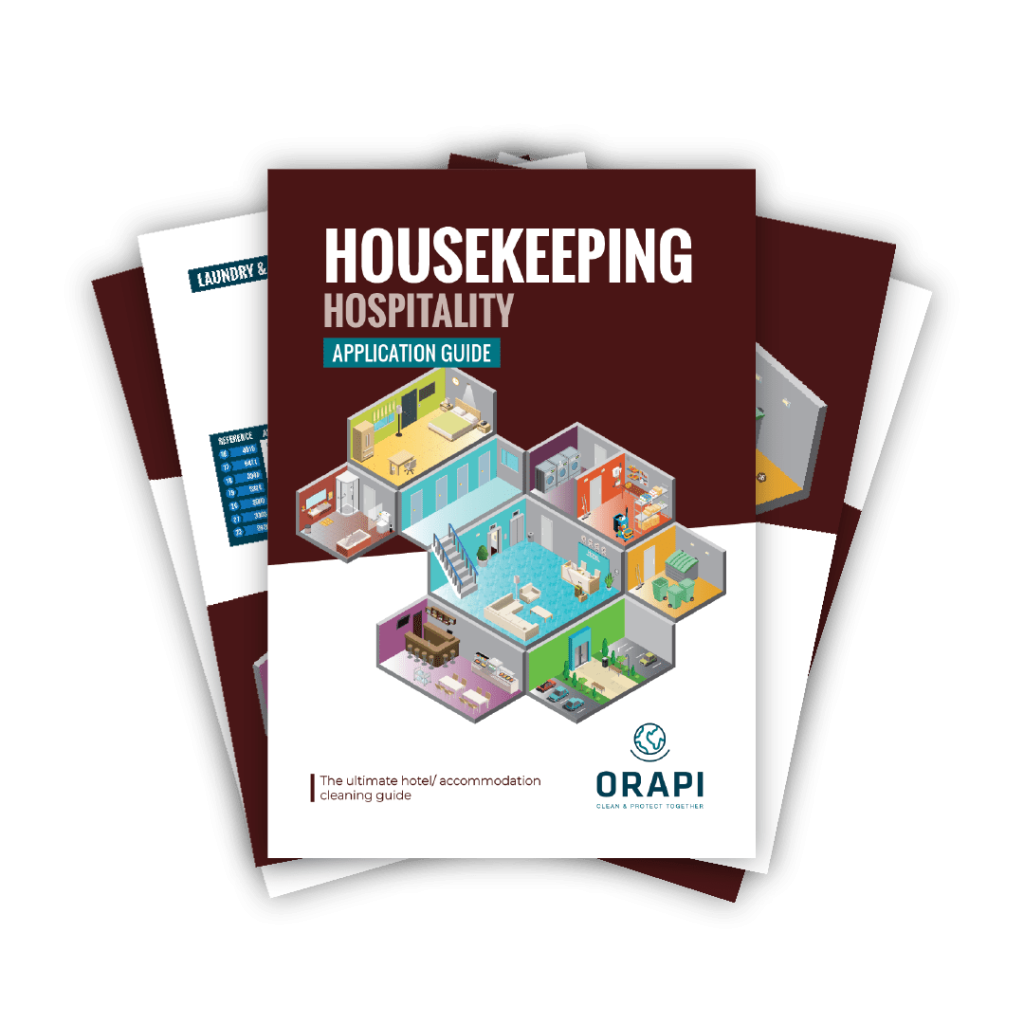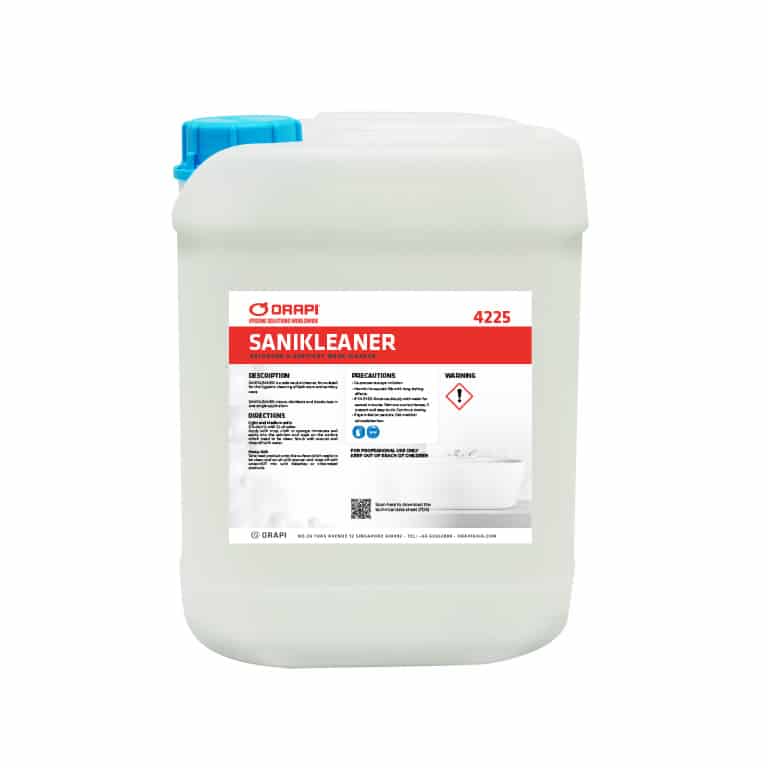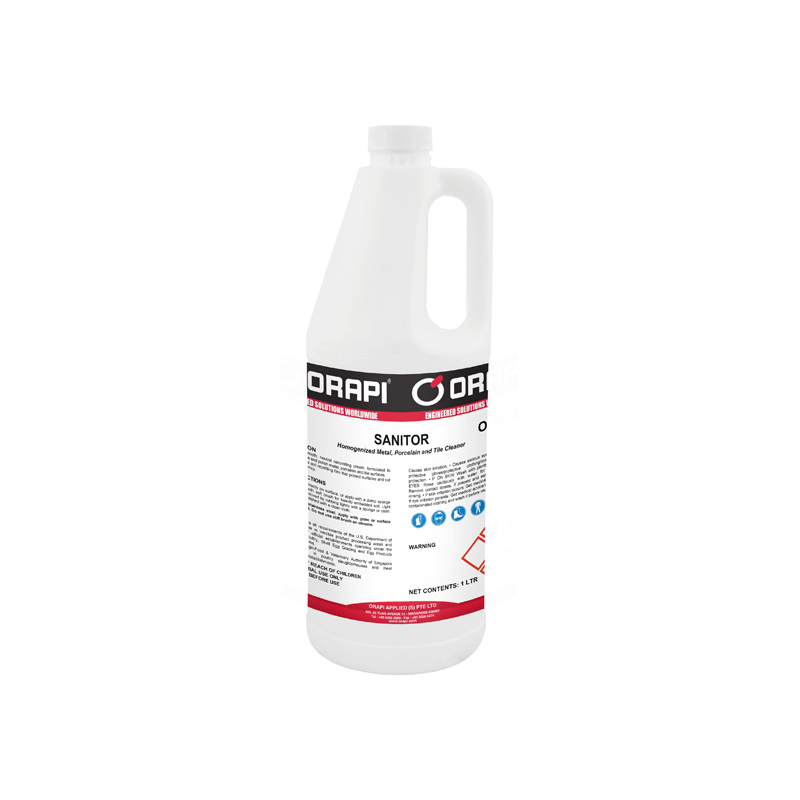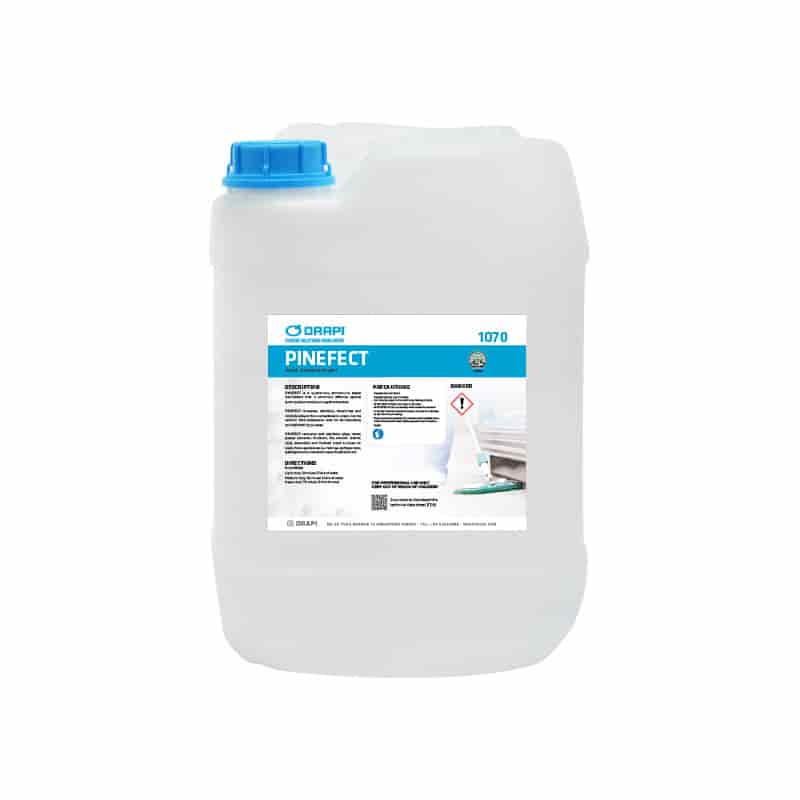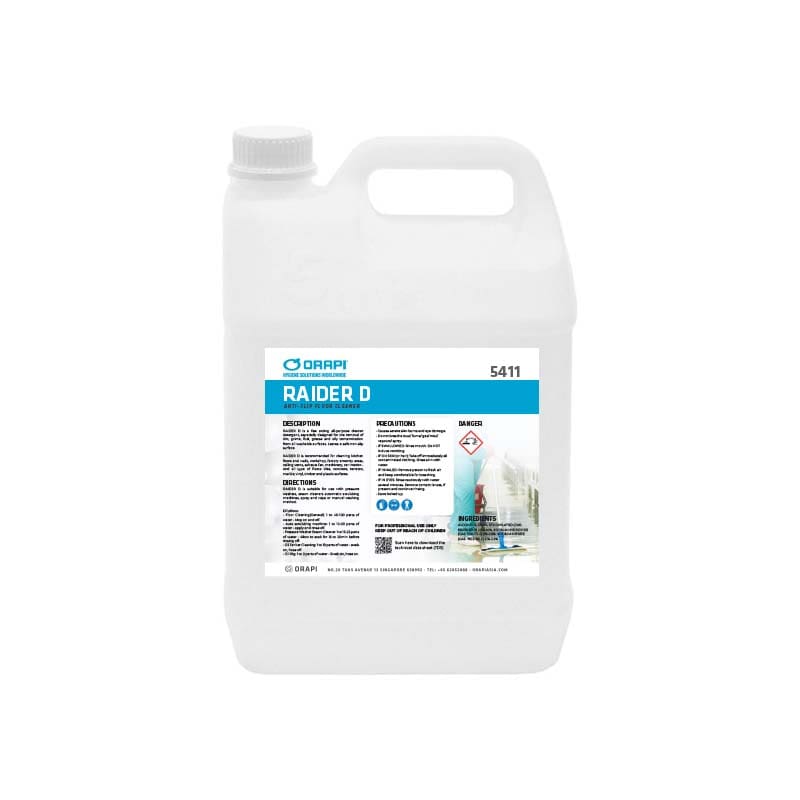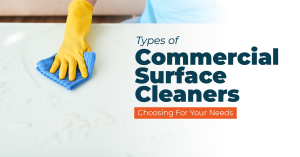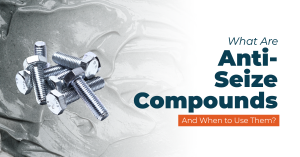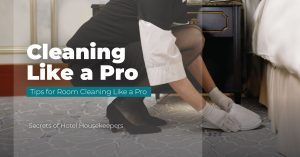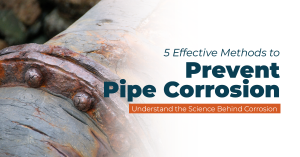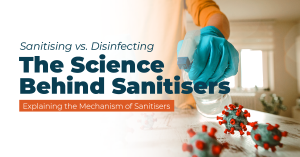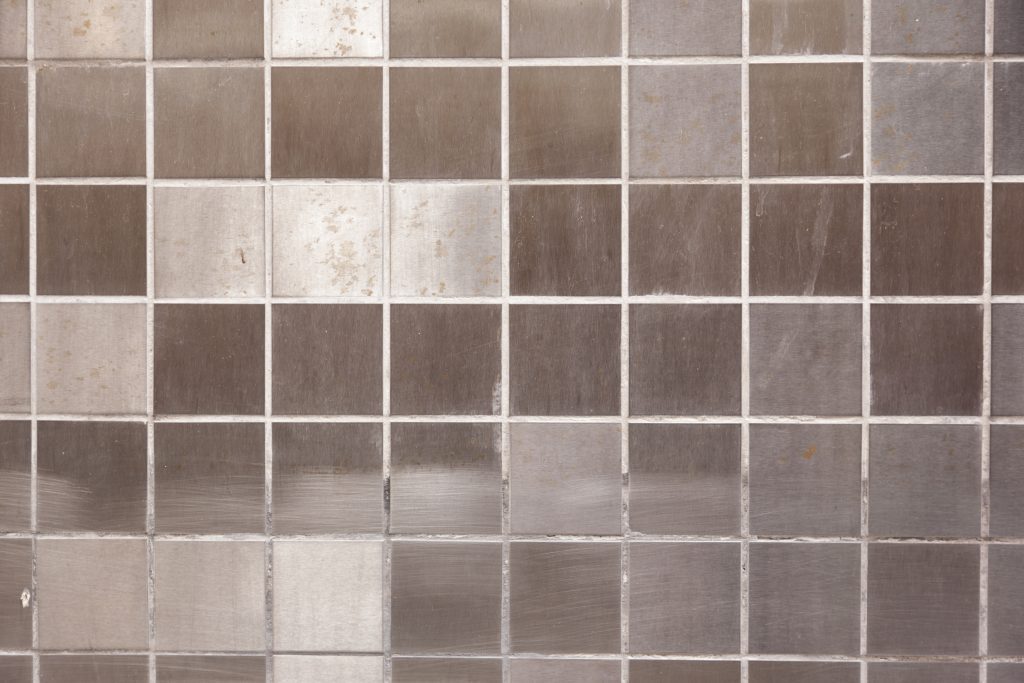
Tiles have become increasingly popular for toilet flooring because of their durability, low maintenance requirements, and versatility. However, tiles can become stained over time from spills, mould, mildew, and other factors. Cleaning stained floor tiles can be difficult, but with the right tools and techniques, restoring them to their original appearance is possible. In this article, we will provide practical tips and methods to remove stains from tiles, regardless of the type of tile or the cause of the stain. By following these tips, you can keep your tiles looking clean and new for many months.
Cleaning Stained Floor Tiles
It’s essential to remember that specific cleaning products and methods are required for different types of stains when cleaning stained floor tiles. Understanding the nature of the stain is crucial in determining the appropriate approach to take. Below are some of the most common tile stains and the recommended cleaning methods to tackle them.
Mould and Mildew Tile Stains
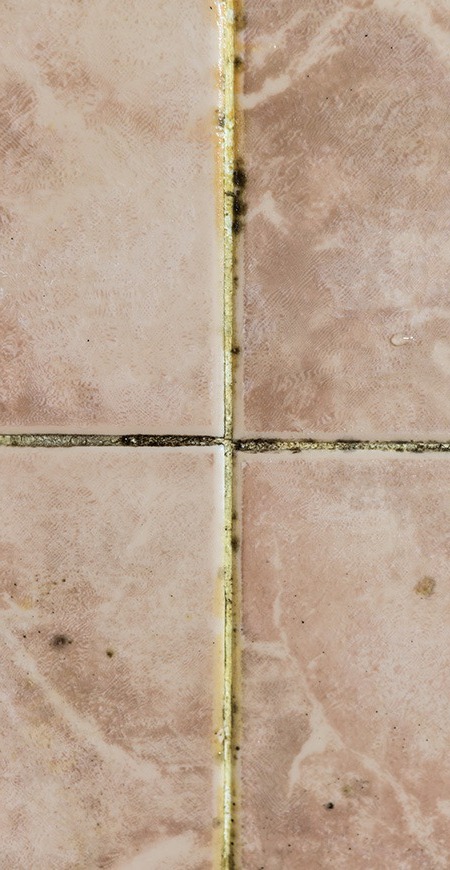
Mould and mildew stains are the primary concern for most people when cleaning stained floor tiles. They can grow in damp and poorly ventilated areas, especially bathrooms and kitchens. They commonly appear near sources of moisture like the shower, bathtub, sink, and toilet. Regular cleaning and ventilation can help prevent mould and mildew growth, but if stains have already developed, it is important to use appropriate cleaning products and methods to eliminate them instead of just aiming to remove the stains.
Many make the mistake of using bleach, but it only masks the fungi and stains return within a few weeks. Therefore, to effectively remove mould and mildew stains, it’s essential to understand the proper removal methods.
Hard Water Tile Stains
Hard water contains high levels of dissolved minerals, particularly calcium and magnesium. Therefore, when hard water comes into contact with tiles, it can leave behind mineral deposits that accumulate over time and cause discolouration and staining.
These mineral deposits, commonly referred to as “hard water stains” or limescale, often appear as white or off-white spots on tiles, and they can be challenging to remove with traditional cleaning methods. In addition to causing stains, hard water can also contribute to the buildup of soap scum and other substances on tiled surfaces, making them even tougher to clean.

Regular cleaning is necessary to prevent the buildup of mineral deposits on tiles. However, in severe cases of staining, you can use acids to dissolve the deposits since limescale is primarily composed of calcium carbonate, a base that reacts readily with acids.
ORAPI RECOMMENDS:
ORAPI RECOMMENDS:
Soap Scum Tile Stains
Soap scum is a type of residue that can accumulate on tiles and other surfaces over time from soap residue or cleaning products containing soap. When soap comes into contact with hard water, it can create a reaction that forms a white, filmy residue on tiled surfaces, which can be hard to remove.
In addition to making tiles appear dull and dirty, soap scum can attract and hold onto dirt and other particles, making it even more challenging to keep tiled surfaces clean. Over time, this buildup can become thick and difficult to remove with traditional cleaning methods, making it important to address the issue as soon as possible.
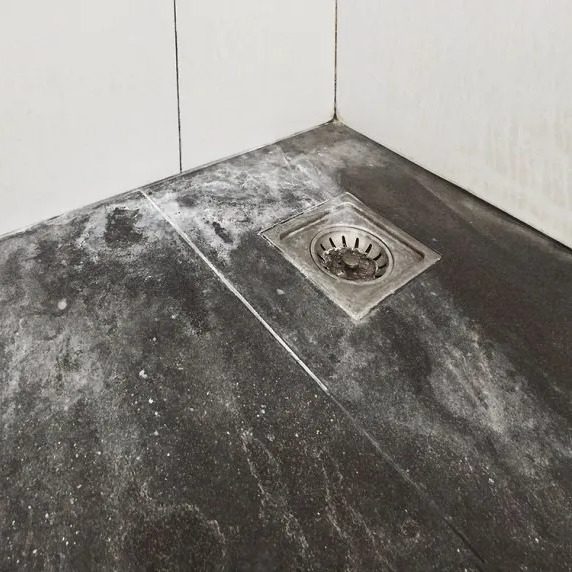
To prevent soap scum buildup on tiles, it’s crucial to use cleaning products specifically designed for tile surfaces and avoid using harsh chemicals or abrasive materials that can damage the tiles.
ORAPI RECOMMENDS:
Spill Tile Stains
Spills can quickly cause staining on bathroom tiles if they are not wiped up immediately. This is because certain liquids, like coffee, wine, makeup, or other substances with strong pigmentation, can penetrate the porous surface of the tile, making it difficult to remove the stain.
Even if the tile has a protective coating, a spill not immediately wiped up can seep through the surface and leave behind a stubborn stain. The longer the spill is left unattended, the harder it will be to remove the stain.

To avoid permanent stains on bathroom tiles caused by spills, promptly clean up any spills using a fresh microfiber cloth or paper towel. Then use a cleaning solution to sanitise the area after removing the liquid to eliminate any residual traces of the spill. By following these steps, you can maintain stain-free and hygienic bathroom tiles.
ORAPI RECOMMENDS:
Dirt and Grime Tile Stains
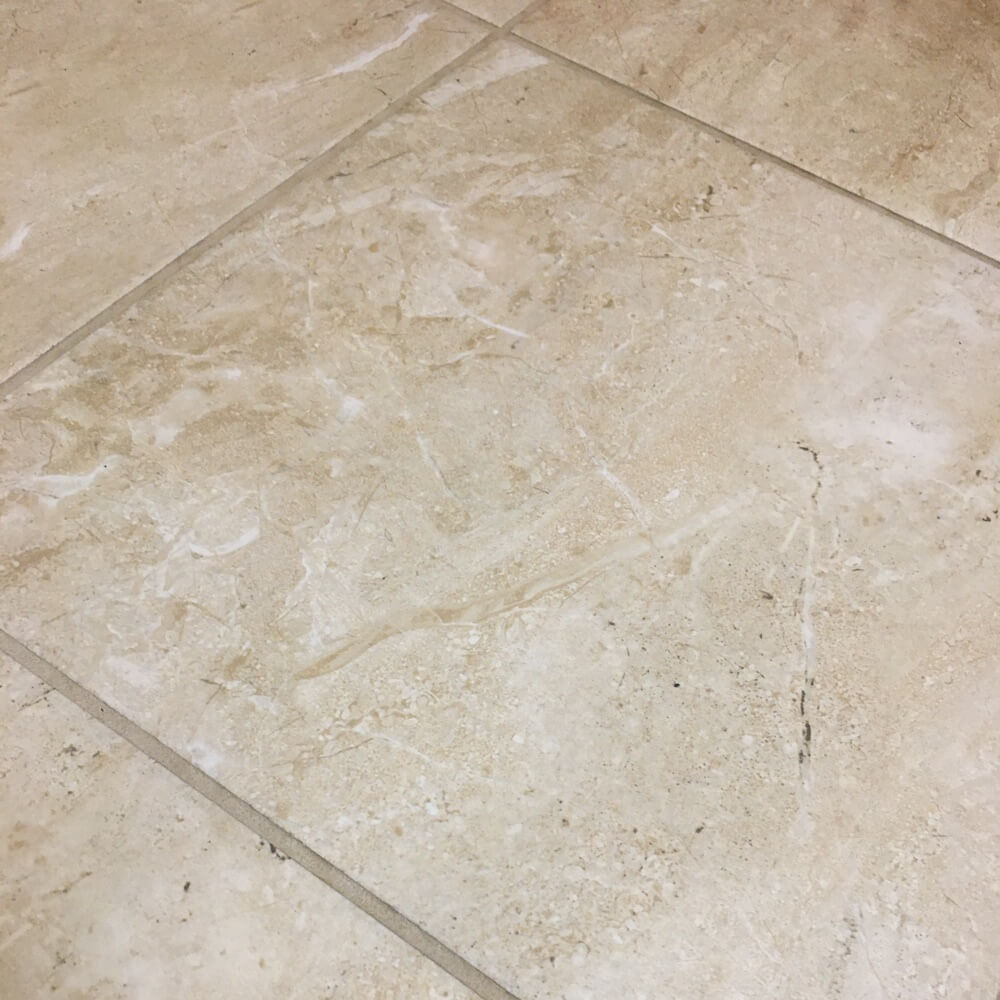
To avoid the buildup of dirt and grime on bathroom tiles, start by vacuuming and sweeping the floor to eliminate any loose debris. Then, use a mild cleaning solution to mop the surface and eliminate any persistent stains. Consistently cleaning bathroom tiles with suitable products is crucial to prevent the recurrence of dirt and grime stains.
ORAPI RECOMMENDS:
Conclusion to Cleaning Stained Floor Tiles
Over time, tiles can become stained from various factors such as spills, mould, mildew, hard water, soap scum, and dirt and grime. Addressing stains as soon as possible is essential to avoid permanent damage to the tiles. Using appropriate cleaning products and techniques is crucial for restoring the tiles’ original appearance and keeping them clean and hygienic. Regular cleaning and maintenance can prevent the buildup of stains. Furthermore, the use of ORAPI-recommended products can make the whole process of cleaning stained floor tiles seem like a breeze. By following these tips and methods, you can enjoy your bathroom tiles’ pristine appearance for the months to come.
